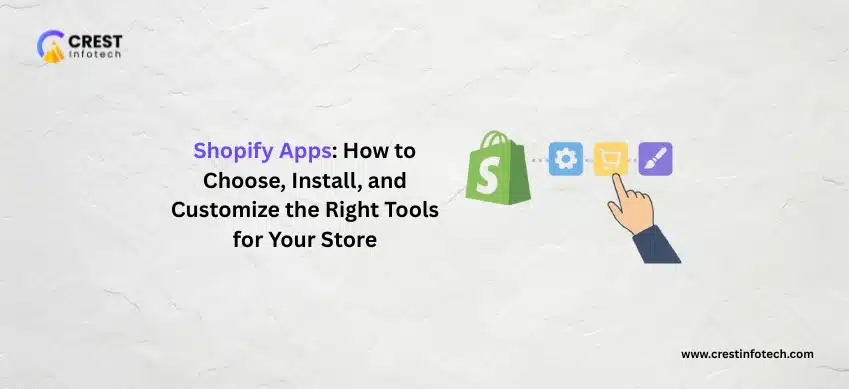Running a successful Shopify store isn’t just about great products — it’s also about having the right tools to streamline operations, enhance customer experience, and boost conversions. Shopify’s App Store offers thousands of apps to help you do exactly that. But with so many options, choosing and customizing the right ones can make all the difference in your store’s performance and scalability.
1. Understanding Shopify Apps
Shopify apps extend your store’s functionality — from marketing automation to inventory management.
- Apps are available in the Shopify App Store (both free and paid)
- They integrate directly into your Shopify dashboard for easy use
- Many apps are designed to automate repetitive tasks or add advanced features
2. Choosing the Right Apps for Your Store
Not every app suits every business. Focus on what aligns with your goals and growth stage.
- Identify key areas — marketing, analytics, SEO, customer support, or logistics
- Check app ratings, reviews, and active installs before choosing
- Ensure the app developer offers regular updates and responsive support
“The best app doesn’t just add features — it solves real business challenges efficiently.”
3. Installing Shopify Apps
Adding apps to your Shopify store is quick and straightforward.
- Go to the Shopify App Store and find your desired app
- Click Add app and approve permissions to connect it to your store
- Access the app from your Shopify admin dashboard to begin configuration
4. Customizing Apps for Your Workflow
Every Shopify app offers configuration options to suit your store’s needs.
- Adjust settings to align with your branding, tone, and user flow
- Use built-in integrations with email tools, CRMs, or analytics platforms
- For advanced customization, leverage API access or hire a Shopify developer
“Customization transforms a good app into a perfect fit for your business.”
5. Monitoring App Performance and Compatibility
Apps can impact your store’s load speed and overall stability.
- Regularly test site performance using tools like Google PageSpeed Insights
- Keep an eye on app conflicts, especially between marketing or theme plugins
- Uninstall apps that duplicate functions or slow down your site
6. Essential App Categories to Consider
While every store’s needs differ, these categories offer universal value:
- Marketing & SEO: Klaviyo, Plug in SEO, Privy
- Analytics & Reporting: Lucky Orange, Google Analytics integrations
- Customer Support: Tidio, Gorgias, Re:amaze
- Inventory & Shipping: ShipStation, Oberlo, Stocky
Final Thoughts
Shopify apps are powerful allies in building and scaling your online store. By carefully selecting, installing, and customizing the right ones, you can automate tasks, enhance customer experience, and drive sales — all while maintaining store performance. Remember: the best Shopify setup is lean, strategic, and tailored to your business goals.



